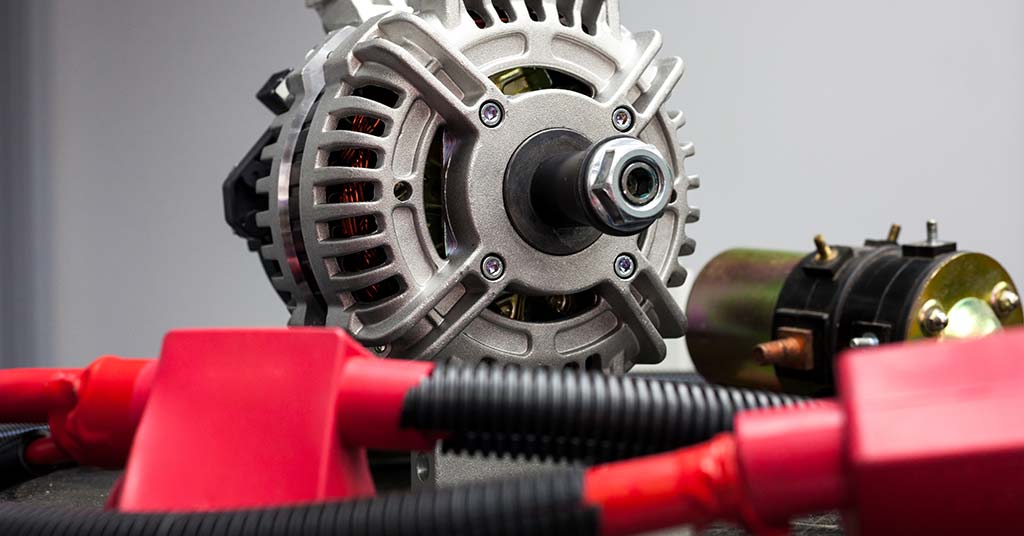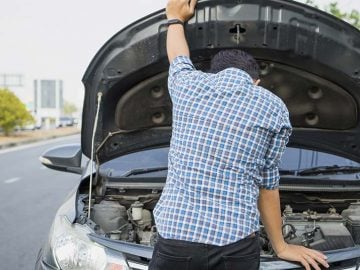
Your motor vehicle is a valuable asset. When it breaks down or needs an annual service, you’ll want the very best maintenance or repair job you can afford. One of the key decisions you’ll have to make is whether to insist on replacement original equipment manufacturer (OEM) automotive parts or to opt for generic aftermarket spares instead.
But what’s the difference between aftermarket and OEM car parts, and what are the pros and cons of each?
What are OEM automotive parts?
OEM parts are custom engineered by the vehicle manufacturer for a particular make and model of car.
They’re made to fit the specifications of the vehicle with absolute precision and, typically, are the only components offered by proprietary car dealerships.
What are aftermarket car parts and components?
Aftermarket vehicle parts may or may not be made by the original manufacturer of a vehicle. What characterises them is that they’re made specifically for sale after a vehicle has been sold. They include replacement parts and accessories, other than those designed to be included in a new vehicle at the time of its sale.
Aftermarket parts may be made by third-party manufacturers and can be designed for a diverse range of vehicles. As a result, the fitment and quality of aftermarket spares and components are not standardised.
Although they may be equivalent to OEM parts in quality and functionality, aftermarket car parts are usually cheaper.
Advantages of OEM car parts
With OEM parts, you get the perfect match for your vehicle.
Also, there is only one OEM component of a particular kind for your car, so there’s no need to compare the quality and price of dozens of different variants.
Automotive spares custom-built by the original vehicle manufacturer are usually covered by a one-year warranty.
Typical disadvantages of OEM spares and parts
With a few exceptions, OEM parts are sold through authorised car dealerships.
You can expect to pay up to 60 percent more for OEM automotive parts than for generic aftermarket parts.
Despite declarations to the contrary by leading vehicle manufacturers, OEM components are not always of a superior quality to aftermarket components. Sometimes they are – but sometimes they’re not.
Potential advantages of aftermarket automotive parts
The main advantage of most aftermarket parts is that they cost less than OEM parts.
Also, aftermarket parts are much more widely available. Rather than being limited to using a handful of authorised dealerships that charge inflated prices, customers can choose where they have their vehicles serviced, repaired or customised.
Aftermarket parts manufactured by leading brands are of matching, or sometimes even better, quality than OEM parts.
Potential disadvantages of aftermarket vehicle components
Not all aftermarket parts are created equal. If you don’t stick with well-known, trusted brands, there’s the risk that you’ll end up with an inferior part – which may perform poorly or fail, compromising the performance and safety of your car.
As a result, it’s important to choose only aftermarket spares and components made by reliable brands. Cheapest isn’t always best.
Where to buy the best OEM and aftermarket parts for your car
Masterparts offers a comprehensive range of both OEM and high-quality aftermarket automotive spares, parts and components. We stock thousands of parts, for almost all vehicle makes and models on South African roads – and if you need a part we don’t have in stock, we’ll order it for you at no extra charge.




